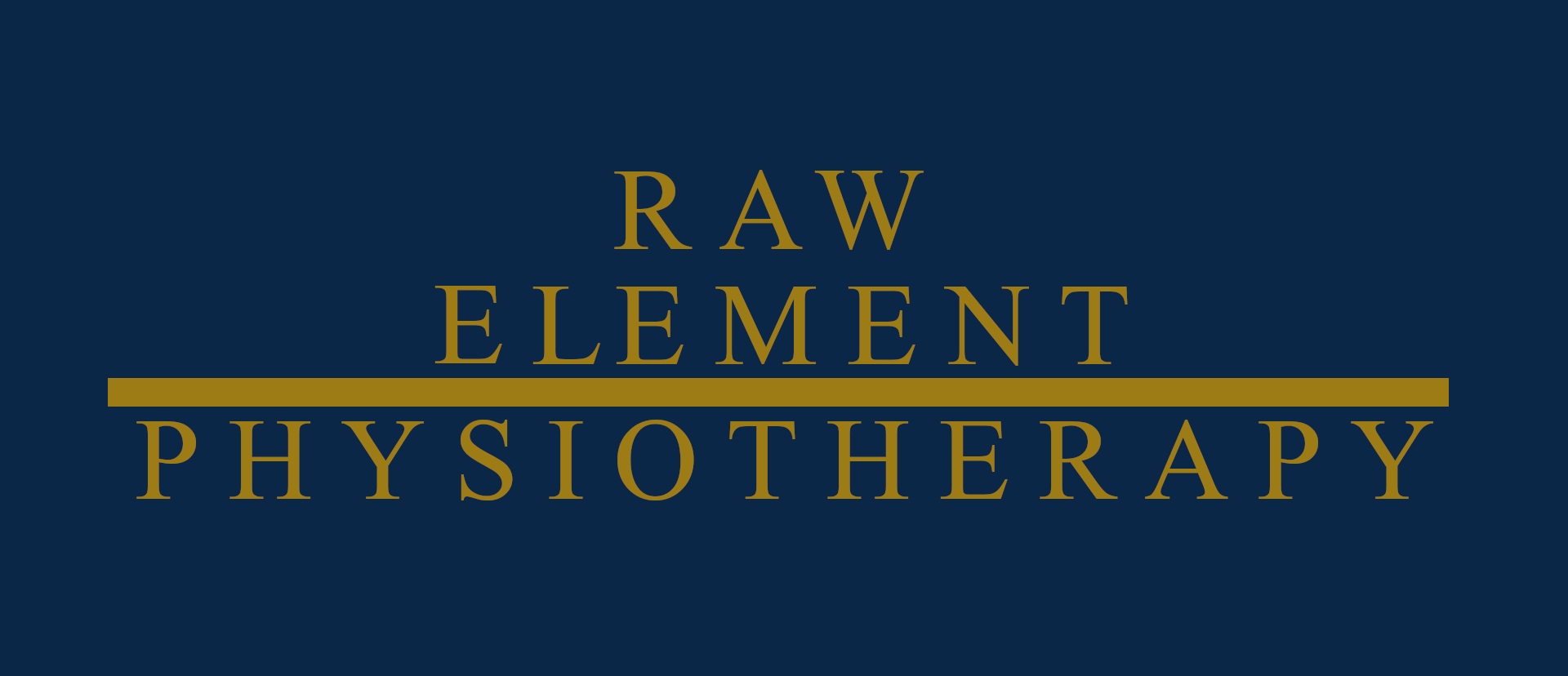Patella Instability
Overall, patella ( kneecap ) instability is an extremely broad subject and depends highly on the individual. There must be respect for the severity of a previous subluxation / dislocation injury, pre-existing strength and conditioning levels, anatomical variability and the future demands required on the knee. The following post will address two commonly stated questions.
Question 1: What factors can influence the probability of a re-dislocation?
1. Trochlear Dysplasia (Reduction in the bony constraint on the patella as the trochlear joint surface is flattened or shallow)
2. Increased Patella tilt (Greater than 20 Degrees)
3. Patella Alta (High Riding Patella)
4. Skeletal Immaturity
5. Age susceptibility (15 - 19 yrs old - associated with a higher incidence)
6. Lateralisation of the tibial tuberosity
7. Genu recurvatum (Hyperextension of the knees)
8. Increased Femoral Anteversion "Knocked Knees"
9. Previous ligament or retinaculum injury
Question 2: What will rehabilitation involve?
Again will depend on the above factors / severity of the injury, but generally will involve:
1. Achieving full knee range of motion and optimising the mobility of the surrounding regions
2. Graded motor control of the foot, knee and hip
3. Localised knee strength
4. Functional strength and graded progressions into plyometrics, power and agility work
5. Revision of your training load and graded return as appropriate
If you have any questions regarding knee pain and instability, please reach out to us here at Raw Element.

